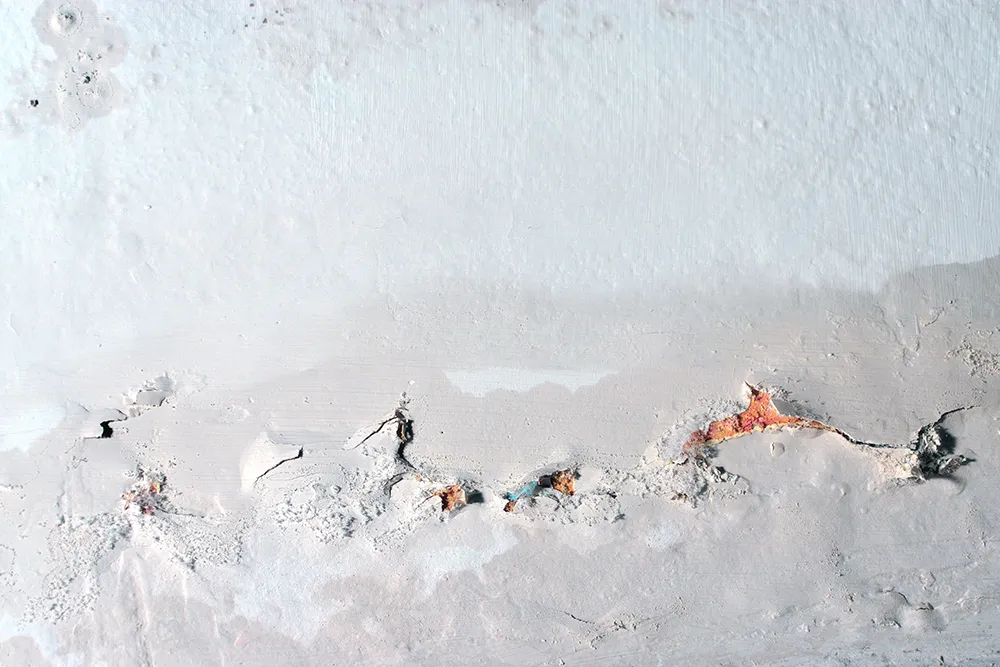Suffering from rising damp in your home?
Suffering from rising damp in your home?
If you see moisture spots, mold or damaged plaster on your wall or your wallpaper is coming loose. Then rising damp is most likely the cause.
What is it and how do you recognize it?
Rising damp is a problem that often occurs. You see it especially in older homes that have one thick wall instead of an inner and outer wall with an air space between them as in newer homes. With walls in older homes, the wall was often not properly finished at the bottom allowing ground moisture to easily soak into the masonry. This causes damage to the walls which is best tackled as soon as possible. You can recognize rising damp on the underside of the walls or by white/greenish spots on the wall. This is actually mold and is caused by a chemical reaction occurring between the nitrates from the groundwater and the minerals of your bricks.
What are the consequences?
Rising damp affects the wall, joints, bricks and cement and as the plaster is also damaged your wallpaper can start to come loose. The mold on the wall can be harmful to your health and cause respiratory problems, for example.
How do you treat it?
It is important to first make an analysis of the exact cause and of the depth of the moisture. For this it is best to call in the help of a moisture expert. They can drill a hole in the wall and then make an analysis of the drill cuttings.
Then you can treat it by covering the wall or by wall injection. The latter is the cheapest method. This involves injecting a liquid on the underside of the wall that then dries and draws a boundary for rising damp. This is a chemical water barrier. A second option is undercutting, a physical water barrier, which involves modifying the supporting structure. This takes much longer and is a lot more expensive.
If mold is present, you can try to remove it yourself with all-purpose cleaner and a damp cloth, but be sure to wear a mouth mask and gloves. Rub the cloth from top to bottom and do not scrub, because then the mold particles in the air and pull the mold probably deeper into the wall. If you do not dare to do it yourself, you can always appoint an expert for this.

